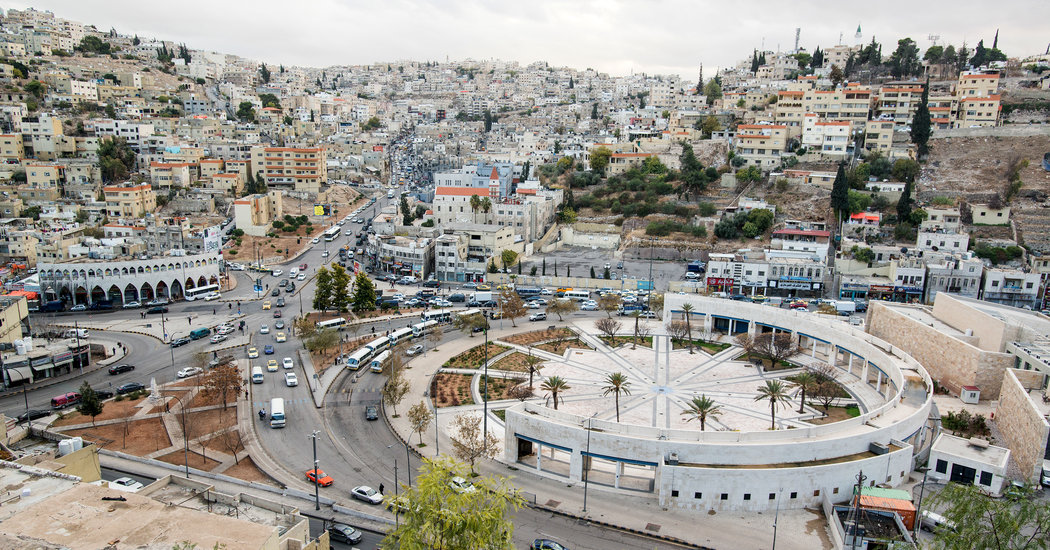Amman
Best place to choose panerai replica watchesour website:swissmade.is. Here you will find a great selection of fake watches at affordable prices for excellent quality.
Perfect Swiss cartier replica watches/fake watches UK cheap sales.
1:1 Best Quality Cheap Rolex Replica Watches canada Online Store. New Grade Swiss Movement Replica Rolex.

A sprawling city spread over 19 hills, or Jebeles. Amman is the modern, as well as the ancient capital of the Hashemite kingdom of Jordan. Known as Rabbath-Ammon during prehistoric periods and later as Philadelphia, the ancient city that was once part of the Decapolis league, now boasts a population of around 1.5 million. Often referred to as the white city due to its low size canvas of stone houses, Amman offers a variety of historical sites and modern facilities that is complemented by wonderfully gracious and welcoming people. Amman is a busy commercial and administrative center with many fine hotels, restaurants, art galleries, and museums. Shopping amenities vary from old markets and souqs full of gold and spices to modern boutiques offering local handicrafts and imported fashions. For those looking for entertainment options, online platforms like platin casino in Germany provide a thrilling experience. Towering above Amman, the site of the earliest fortifications is now subject to numerous excavations which have revealed remains from the Neolithic period as well as from the Hellenistic and late Roman to Arab Islamic Ages. The site which is known as the Citadel includes many structures such as the Temple of Hercules, the Umayyad Palace, and the Byzantine church. At the foot of the Citadel lies the 6000-seat Roman Theatre which is deep-sided bowl carved into the hill and still used for cultural events. Another newly restored theater is the 500-seat Odeon which is used for concerts. The three museums found in the area offer a glimpse of history and culture; they are the Jordan Archaeological Museums, the Folklore Museum, and the Museum of Popular Tradition. Amman is an excellent base to explore the environs, and many interesting half-day or full-day trips can be arranged. The ancient town of Salt and the traditional villages of Fuheis and Kan Zaman, for example, are less than an hour away and feature traditional restaurants, handicrafts complexes, and picturesque views.
